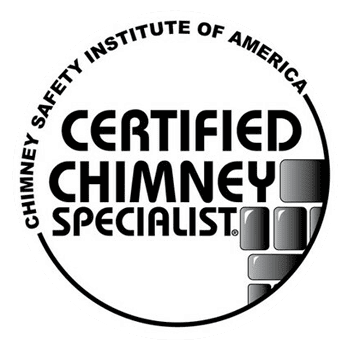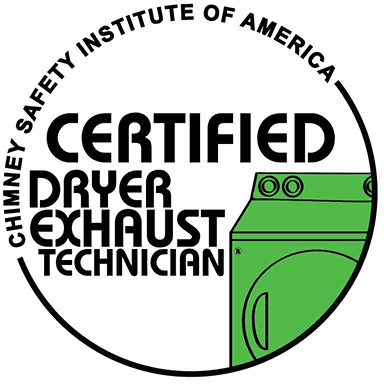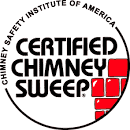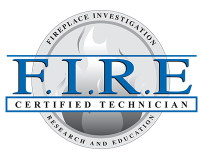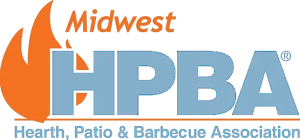Importance of Chimney Maintenance
When it comes to home maintenance, the chimney is often overlooked. However, neglecting your chimney can lead to serious issues that may jeopardize your safety and comfort. Chimneys are exposed to harsh weather conditions and intense heat, making them susceptible to wear and tear over time. By recognizing these signs early on, you can take proactive measures to ensure the longevity and functionality of your chimney.
Before diving into the signs of chimney deterioration, it’s crucial to understand the importance of regular chimney maintenance. Chimneys play a vital role in venting out dangerous gases produced by your fireplace or heating system. They also prevent smoke from entering your living space. Neglected chimneys can become a fire hazard and compromise indoor air quality. By addressing chimney issues promptly, you can protect your home and family from potential dangers.
Sign 1: Cracks or Deterioration in the Chimney Structure
One of the most obvious signs that your chimney requires restoration is the presence of cracks or deterioration in its structure. Over time, exposure to extreme temperatures and moisture can cause the masonry to weaken and degrade. You may notice visible cracks on the exterior or interior walls of your chimney. These cracks can allow water to seep in, leading to further damage. If left unattended, the structural integrity of the chimney may be compromised, posing a risk to your home’s stability.
Sign 2: Leaks or Water Damage
Water damage is a common problem faced by homeowners with neglected chimneys. If you notice water stains on the walls or ceiling near your fireplace, it’s a clear indication that your chimney needs restoration. Damaged flashing, cracked chimney crowns, or faulty chimney caps can allow rainwater to enter the chimney system. Water intrusion not only weakens the chimney structure but also contributes to mold growth and wood rot. Timely restoration can prevent costly repairs and safeguard your property from further water damage.
Sign 3: Smoke or Odor Issues
If you experience smoke or unpleasant odors inside your home while using your fireplace, it’s a sign that your chimney requires attention. A properly functioning chimney should effectively draw smoke out of your living space. Smoke backing up into your home can be caused by a variety of issues, such as a blocked flue, creosote buildup, or improper chimney construction. Similarly, foul odors emanating from your chimney can indicate the presence of animals or accumulated debris. Restoring your chimney will ensure proper ventilation and eliminate smoke and odor problems.
Sign 4: Excessive Creosote Buildup
Creosote is a byproduct of burning wood that accumulates inside the chimney flue. Over time, this highly flammable substance can build up and create a potential fire hazard. If you notice thick, black, and sticky residue on the interior walls of your chimney, it’s a clear sign of excessive creosote buildup. Creosote can obstruct the flue, reduce proper airflow, and increase the risk of chimney fires. Professional chimney restoration will involve thorough cleaning and removal of creosote, ensuring a safe and efficient chimney system.
Sign 5: Damaged or Deteriorating Chimney Liner
The chimney liner plays a crucial role in protecting the chimney structure and enhancing its efficiency. It acts as a barrier between the flue gases and the surrounding masonry. Over time, chimney liners can deteriorate due to exposure to heat, corrosive gases, and moisture. A damaged or deteriorating chimney liner can lead to various problems, including increased risk of fire, carbon monoxide leakage, and decreased draft efficiency. Restoring the chimney liner is essential to maintain a safe and functional chimney system.
Why You Should Hire a Professional for Chimney Restoration
While some homeowners may attempt to tackle chimney restoration themselves, it’s highly recommended to hire a professional chimney contractor. Chimney restoration involves intricate work that requires specialized knowledge, tools, and expertise. Professionals have the necessary skills to assess the extent of damage, recommend appropriate restoration methods, and ensure compliance with safety standards. By entrusting the restoration to experts, you can have peace of mind knowing that your chimney will be restored to its optimal condition.
DIY Chimney Restoration Tips
While professional help is advisable for comprehensive chimney restoration, there are some preventive measures you can take on your own. Regular chimney maintenance includes tasks such as cleaning the flue, inspecting for cracks, and replacing damaged chimney caps. Additionally, ensuring proper ventilation and using seasoned firewood can contribute to chimney longevity. However, it’s important to remember that DIY maintenance should not replace professional restoration when significant issues arise.
Conclusion
Regular chimney maintenance and timely restoration are essential to ensure the safety, functionality, and longevity of your chimney. By paying attention to the signs discussed in this article, you can take proactive measures to address chimney issues promptly. Whether it’s cracks in the structure, water damage, smoke problems, excessive creosote buildup, or damaged chimney liners, professional restoration is crucial to safeguard your home and family. Don’t compromise on chimney safety—prioritize restoration to enjoy a warm and secure living space.



